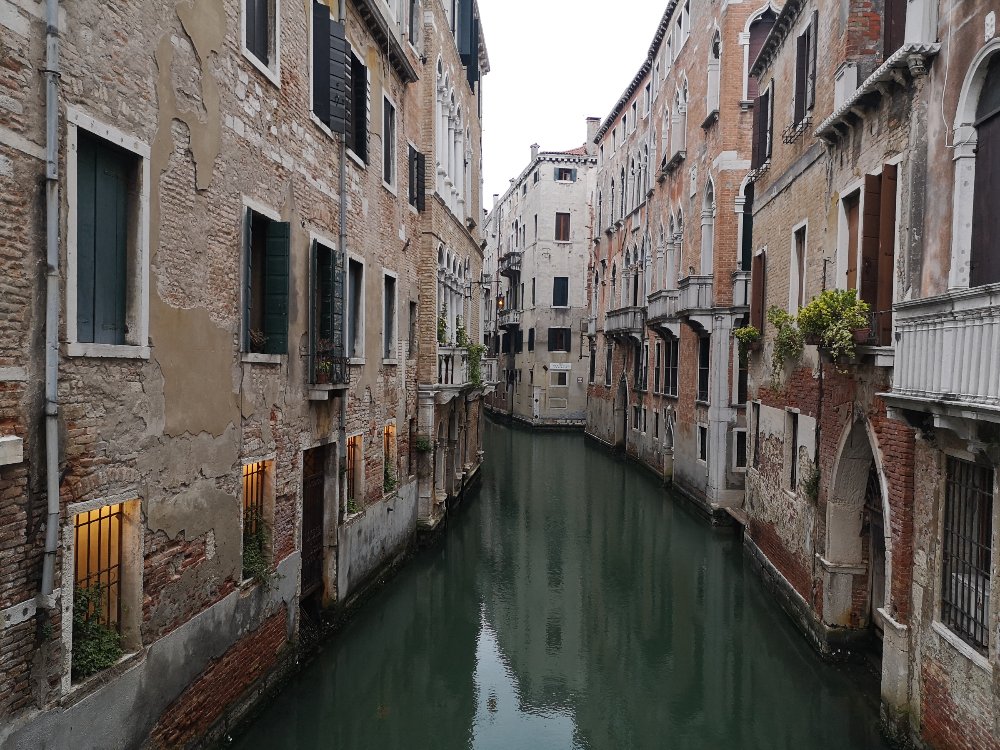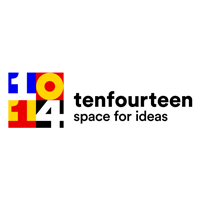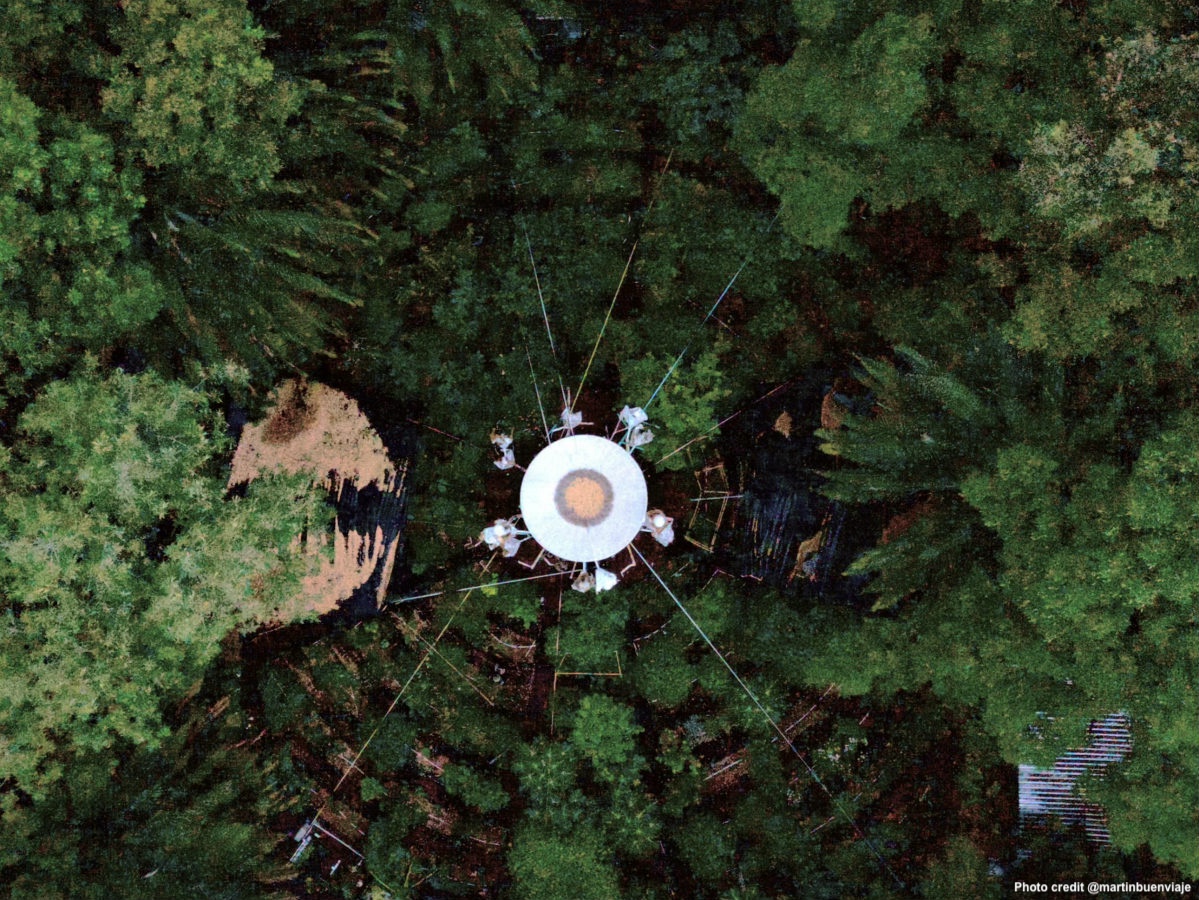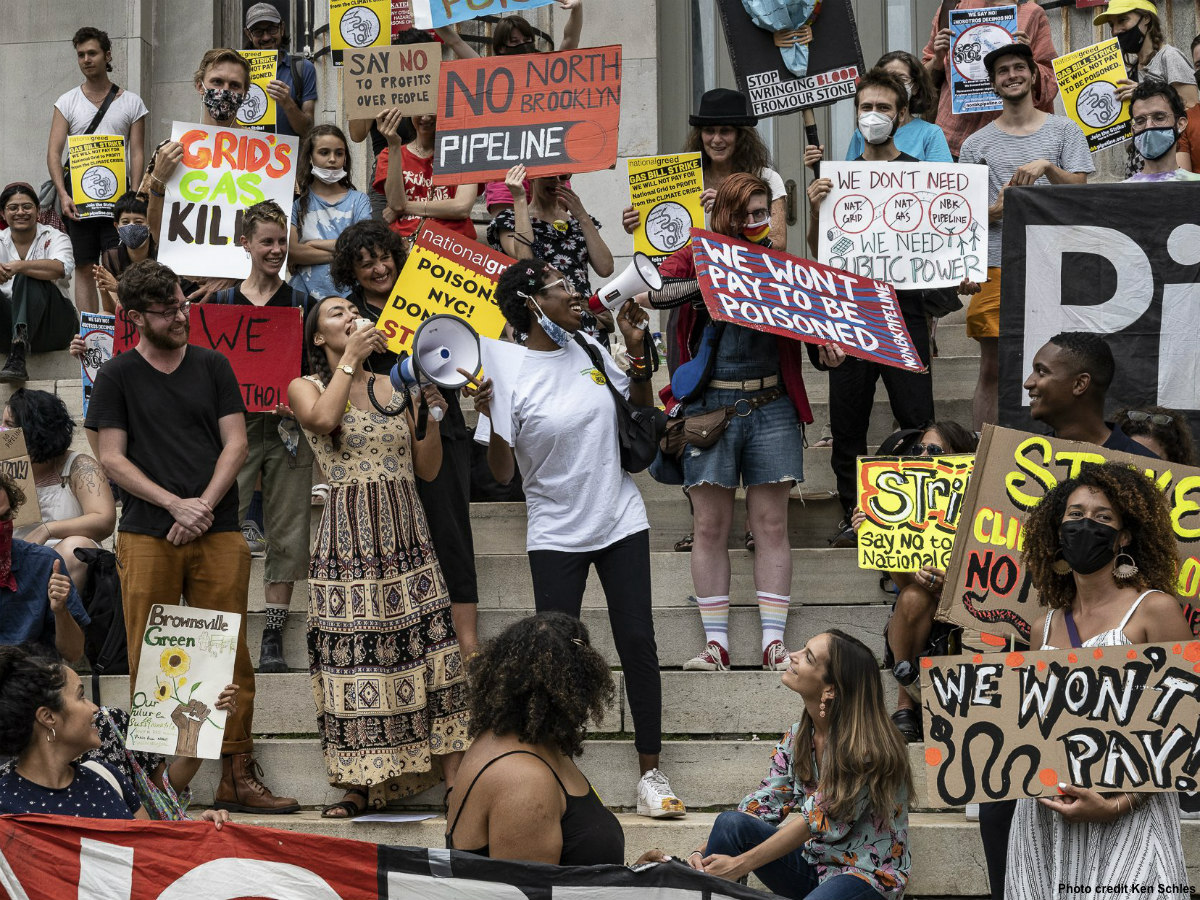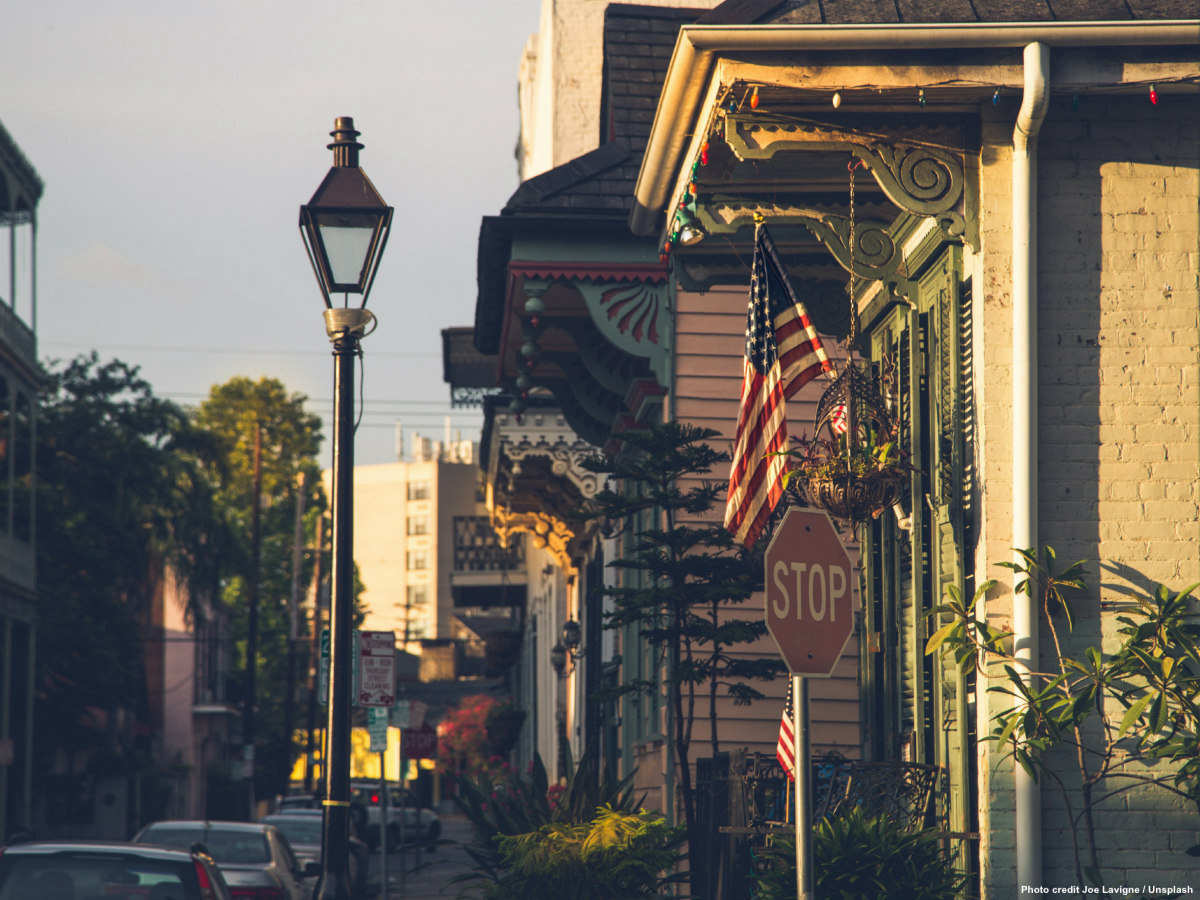The pandemic may give Venice a chance to try. True Venetian life has taken back the city. Because of its unique circumstances, Venice represents in one place many of the global challenges humanity faces today: affordable housing, employment and the environment. The city is on the front line of extreme weather and sea level rise. But so far the unanimous scientific consensus on the urgency of climate change has not alleviated the tensions in existing understandings of the future of Venice.
The cultural sector is rarely featured in the discussion of climate change, as opposed to purely science. However, in a city whose history and culture drew tons of visitors a year, a cultural approach could make the threats of mass tourism and climate change more meaningful to its own people. And encourage policy makers to act now.
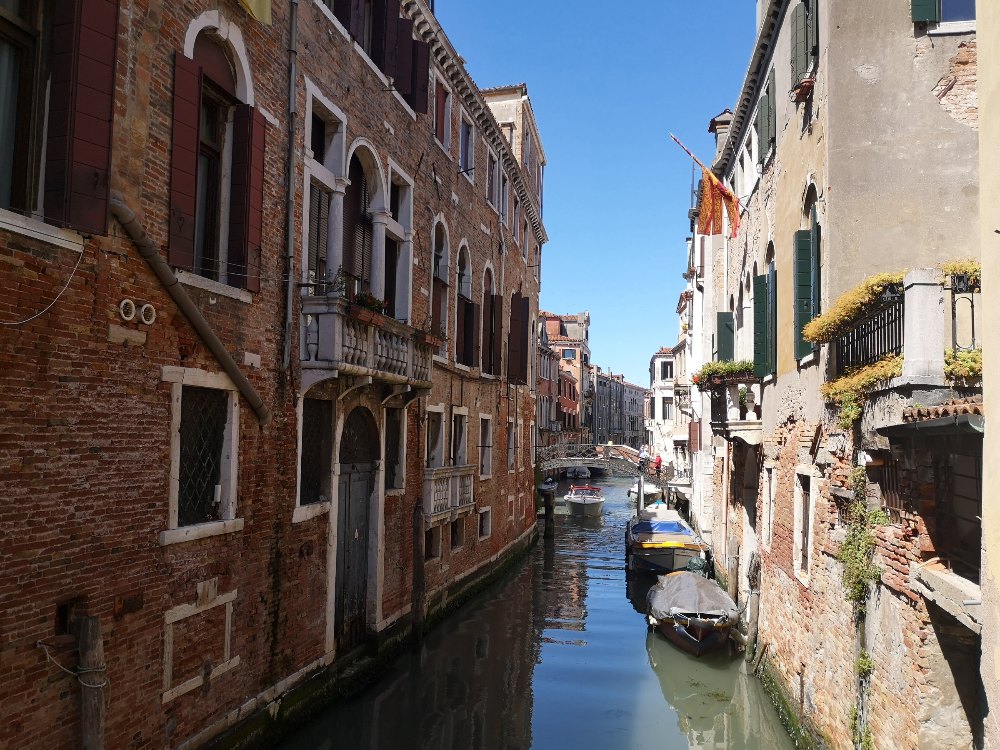
Venice could truly set an example to the world. If we can’t save Venice, what does that mean for the rest of humanity?
‘I like to say Venice for the Venetians, Venice for the world. The city is the perfect microcosm to develop global solutions’, claims Jane Da Mosto. She is an environmental scientist and the founder of We are here Venice (WahV), an NGO operating both as a think tank and activist platform, advocating for a living city for its residents and a connection with the lagoon for the health of a future Venice.
Culture is a powerful conduit to open up dialogue and engagement
Da Mosto believes in a multidisciplinary approach at the intersection of culture and science to stimulate a meaningful debate. WahV’s initiatives are self-contained projects and exhibitions often calling to collective action that are open to public scrutiny and trust.
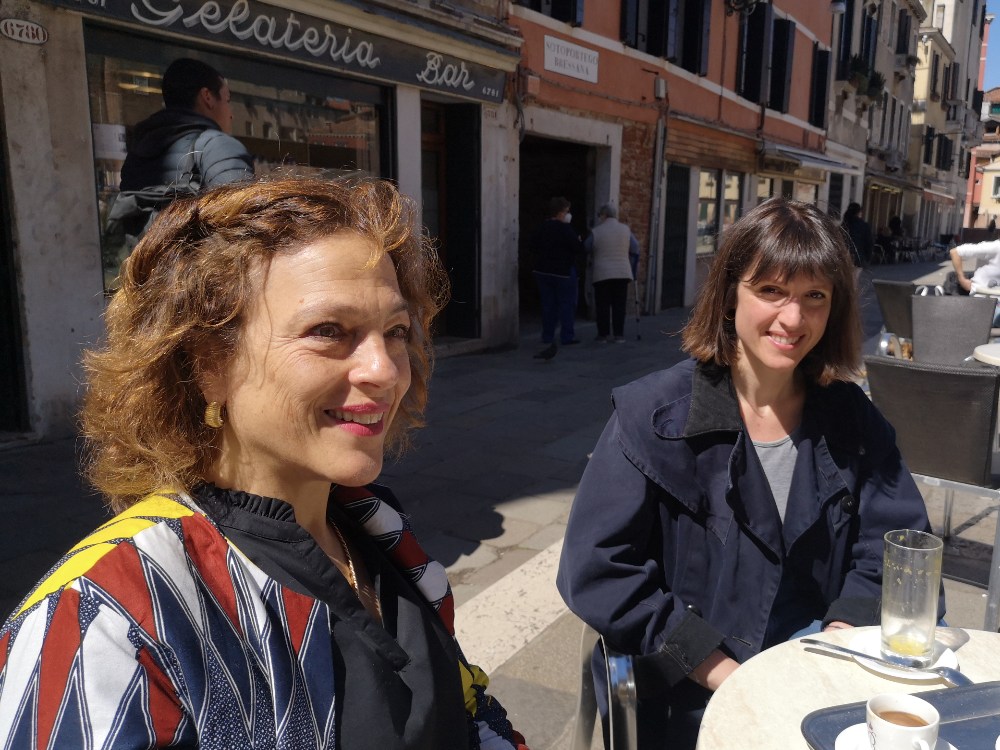
Born in times of lockdown by WahV art director Eleonora Sovrani, the collective poster initiative “Back soon (but better)” invited residents of Venice, as well as cultural institutions like the The Peggy Guggenheim Collection, to reflect on what is missing in their city: spaces, people, objects, situations – real or imagined – that they would like to find or experience. People expressed their ideas by revisioning with different techniques the posters of WahV’s campaign against cruise ships in Venice.
In a next edition, local residents described unusual, sometimes unknown places in the city. The aim was to create a different topography, on view throughout the city, that will stimulate people to explore new places and points of view.
It is a way of putting the writing on the wall. As the Venetian saying goes, “Even the stones know it”, says Da Mosto.
‘Everything started with our campaign about the harmful impact of cruise ships. We wanted to make clear to the public the key points – facts – around which new policy regarding cruise ships needs to fit. The lagoon is integral to the urban fabric of Venice but it is administered at the national level, which gives rise to serious governance issues due to a lack of local knowledge and reduced sensitivity to the main issues affecting everyday life and the long term future. Our collective poster initiative is an unusual and informal channel to communicate. We are giving a voice to the Venetians by putting the information in the public domain, literally, so that politicians could not pretend they don’t know about all these issues,’ explains Sovrani.
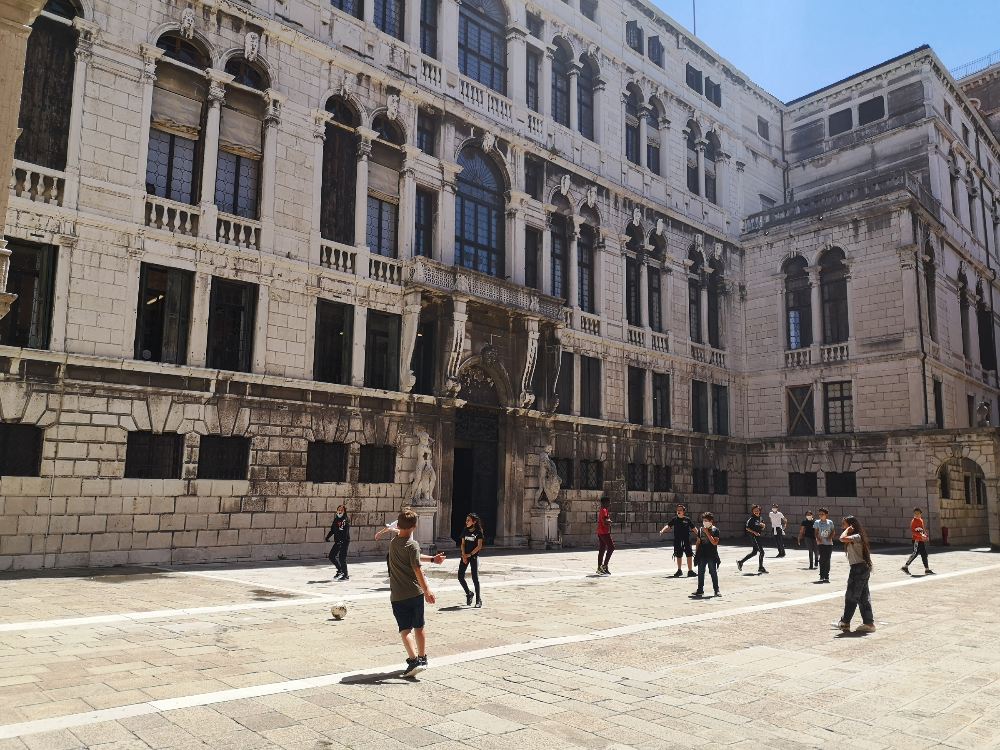
WahV is trying to stimulate and enrich citizen participation, although Da Mosto claims that the tiny population, only around 50,000 people now live in the centro storico, makes it difficult to get their voices heard. The municipality is three times bigger – most of the population lives on the mainland (Mestre, Marghera etc). After all, WahV’s efforts are the evidence that civic engagement mediated through culture have also sharpened public demands which in turn made it easier to reach out to politicians and policy makers who react to shifts in public mood around the future of Venice.
It’s hard to show our positive impacts but we certainly know that some things haven’t got a lot worse because we have managed to produce enough resistance to damaging policies being implemented,’ says Da Mosto.
Through internship programs in collaboration with cultural institutions, WahV brings artists to live in Venice and encourages them to stay. They contribute to creating room for conversations around the future of Venice as a living city. In 2019 the artist in residence to Gallerie dell’Accademia, Claudio Beorchia, listened to the museum’s visitors’ views of artworks. Based on them he created audio guides different to the usual historical and artistic explanations.
Venice could be a laboratory to explore the interaction of nature and citizens
Moreover, WahV collaborates with universities and public authorities on rigorous research and PhD programmes based on the understanding of the city and the lagoon as inseparable elements. Currently they are working with economists and ecologists on a study about the lagoon “ecosystem services”, a concept that emerged during the Millennium Ecosystem Assessment of the human benefits from the environment, called for by the United Nations in the early 2000s.
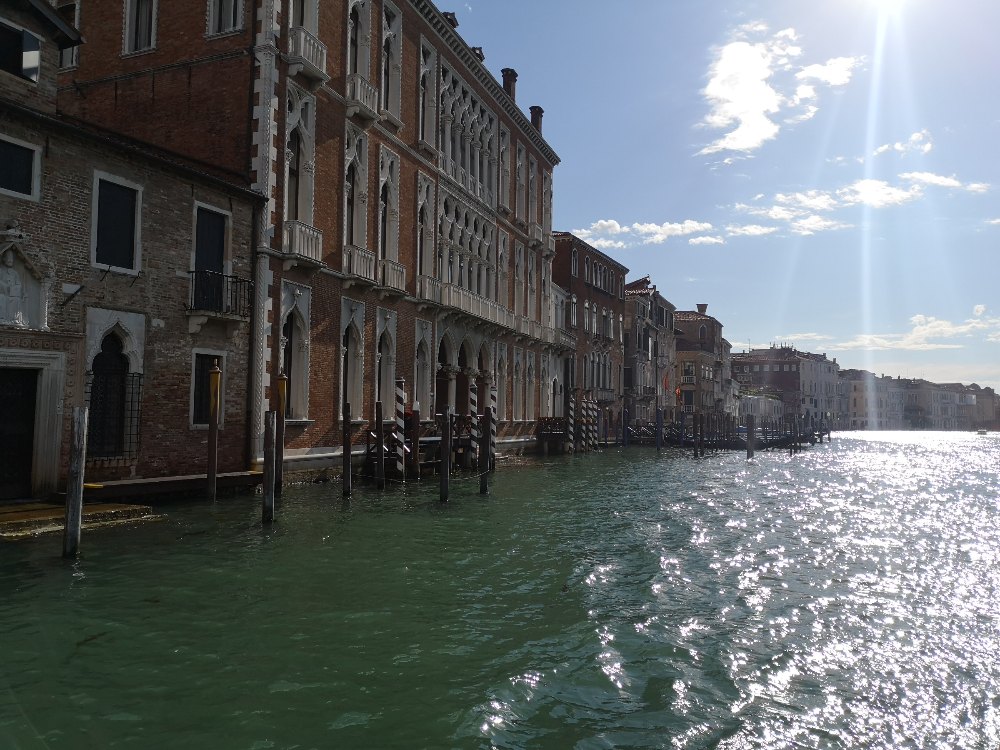
The WahV study shows the many and varied benefits to humans provided by the natural environment of the lagoon like its capacity to absorb carbon dioxide, fishing, among others.
According to Jane Da Mosto the research suggests that those benefits are very close to the annual return supposedly yielded by the cruise ships in Venice. In fact, if you weigh in the damage caused by them – air pollution, buildings getting blackened, the erosion of the lagoon – then the return of the natural capital of the lagoon could surpass the incomes that the cruise sector provides, and that without taking into account the upsides of a thriving ecosystem.
The ecosystem valuation approach helps to explain the potential of the lagoon but we don’t want it to be the only way to look at things. However, it is a very powerful wake-up call to open up a dialogue for a long-term vision, explains Da Mosto.
Throughout history Venetians knew how to face adversity so admirably that they turned it into a success. They transformed a space with lack of land and scarce resources into a prosperous city. They understood the connections between the lagoon, the economy and their wellbeing.
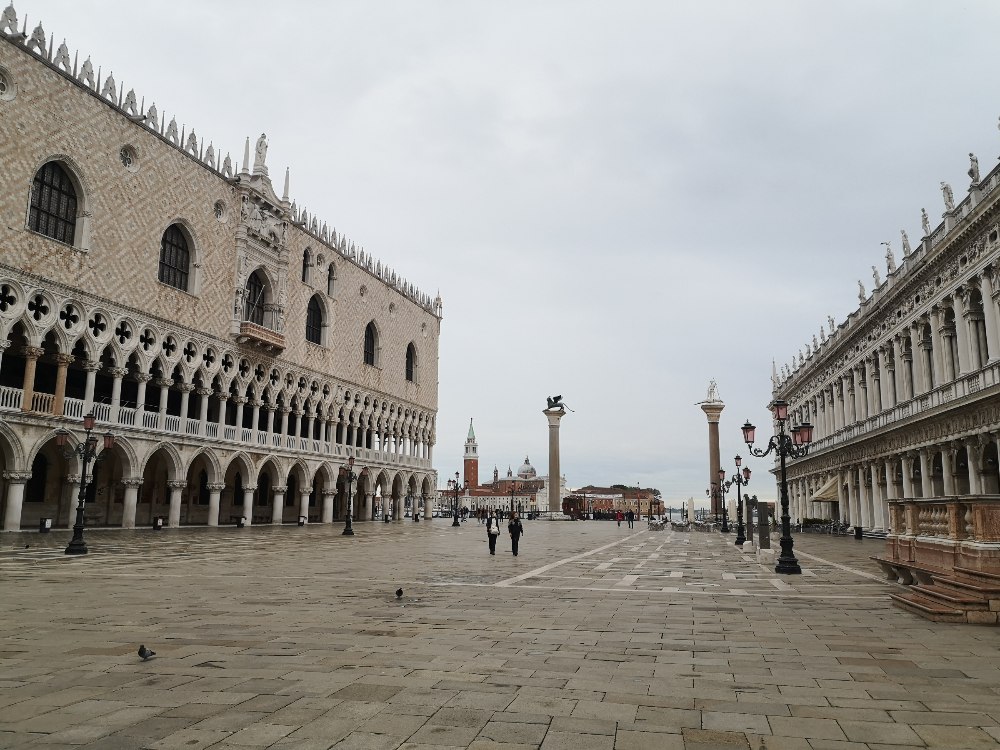
Nowadays, frictions among these three factors compromise the balance of this ecosystem, threatened by climate change. Venice largely lives off its history, probably not for long. Creating a sustainable future for Venice is a social and political issue, rooted in wrong economic choices and the dependency on visitors it has created.
‘Let’s make it easy for artists and scientists to put their offices here, let’s make Venice a capital of sustainability’, claims Jane Da Mosto. The city needs an urgent renaissance. Hybrid experiences that combine culture and science are powerful tools in social and political transitions and Da Mosto and her team at We are here Venice have already got some answers.
